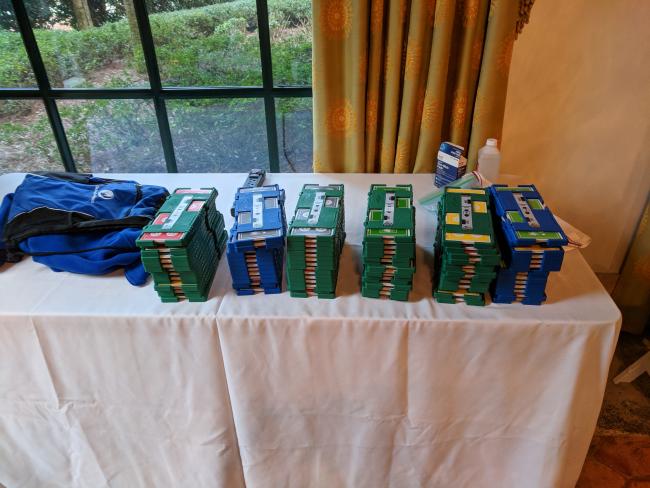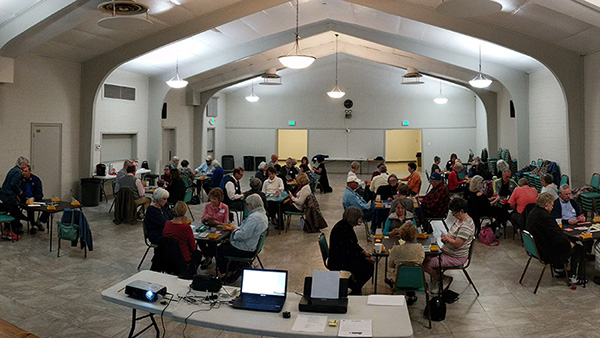This has been a fast-moving week here at Sea Island with the Audrey Grant Bridge Festival. We've done some things that have never been done, and that has changed me, personally.
When I created my own bridge club this year (last year) I gave it a mission statement. Part of that mission was to embrace, enjoy, and share the game of bridge as it has evolved in 2018, rather than 1978.
Today's bridge is more technological, complex, and challenging. It's also more exciting, accessible, and social. Bridge is a more interesting game today than it was fifty years ago.
Bridge at its core has changed. Modern bidding is more precise, competitive, and playful than it was in 1978 -- even while the play of the hand remains timeless.
The world surrounding the core game has changed tremendously. Here are some of the things I have seen come into existence since I started playing bridge:








